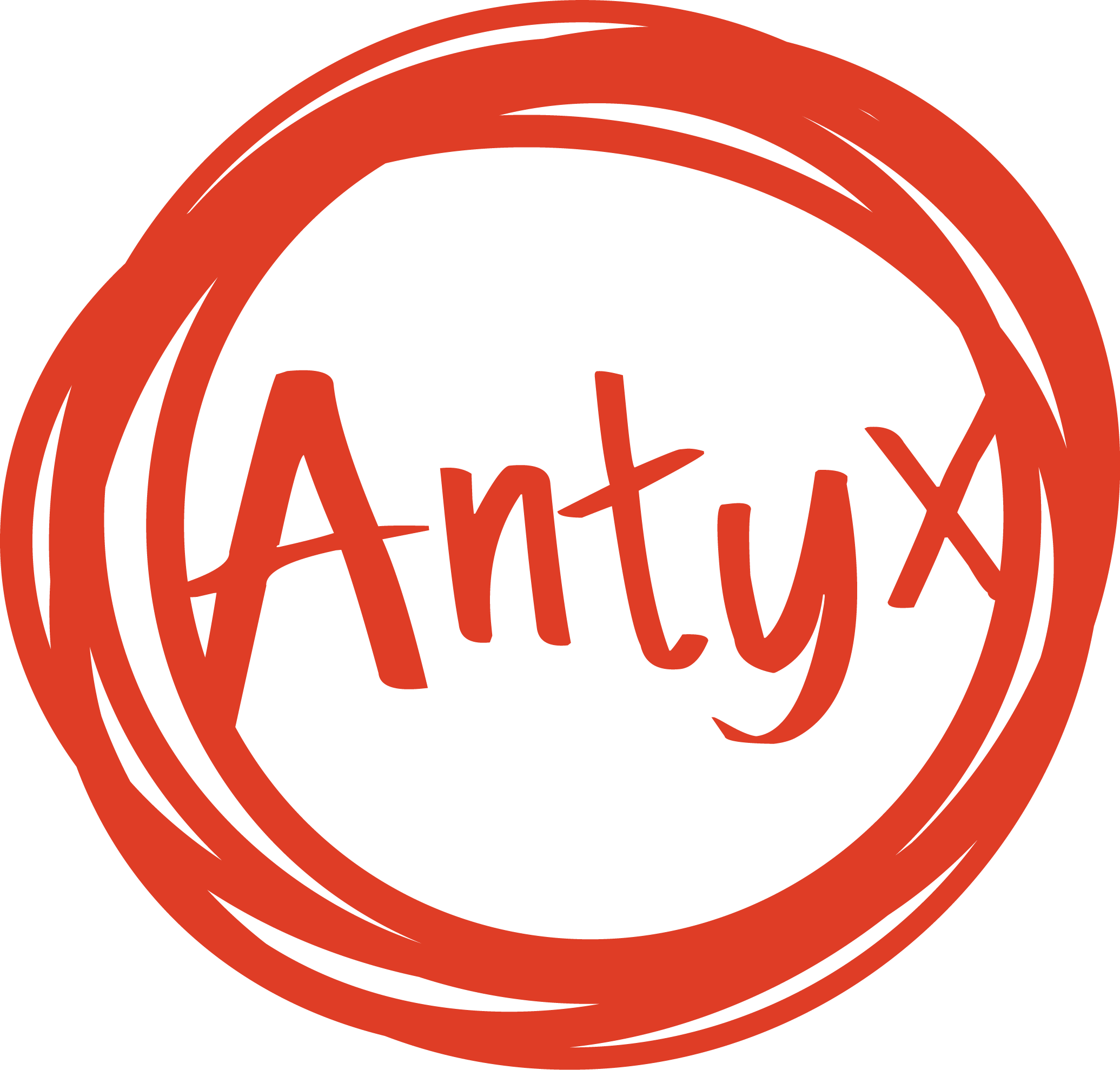Sound, Art & Updates - A Post by Artist Caitlind Brown
“And above all, watch with glittering eyes the whole world around you because the greatest secrets are always hidden in the most unlikely places. Those who don't believe in magic will never find it.”
~ Roald Dahl, The Minpins
At the beginning of the year, we started working on Whispers in the Tall Grass, a multi-channel sound installation to be embedded in the new hills of the new Natural Park in Forest Lawn, scheduled for install next summer. When the piece is finished, invisible voices will speak quietly from the grass, and curious listeners will be invited to lay on the hills, listening to a soundscape of composed foley and voice recordings telling stories, posing questions, and spinning tales. Centering around ideas of HOME as a metaphor for origin and belonging, Whispers in the Tall Grass explores intersections between real + imaginary, public + private, documentary + myth, collaborative + intimate, stranger + neighbour, intended to grow a sense of place between neighbours.
With the first (recording) phase of the project complete, and the second (editing) phase of the project beginning, now is a good time to reflect on the project so far. Designed to push our team to think more about relationships as artworks and landscapes as exhibition spaces, Whisper in the Tall Grass has been an experiment for all of us – youth and facilitators alike.
https://www.youtube.com/watch?v=71Eoz7nD4I4
When we started in February, we began by discussing the medium of Sound Art – what is sound art? How did it evolve? Is it more closely related to contemporary art or experimental music? To answer these questions, we looked at a series of quintessential sound artists from the Fluxus Movement all the way to current day.
One of the most interesting initial conversations was about 4 minutes and 33 seconds, an early sound composition by experimental composer John Cage (video above). The composition begins as any traditional piano performance: the pianist walks out on stage, sits in front of the piano, open the fallboard to expose the keys, and then – instead of playing – he sits there in increasingly awkward silence, interrupting only by the shuffling of the audience and the occasional cough, for exactly 4’33”. At the end of this period, the pianist closes the piano and leaves the stage.
The composition, according to Cage, actually takes place through the sounds made by the audience and environment during these 4 minutes and 33 seconds of “silence.” The piece, which was controversial at the time, remains famous for its conceptual relevance: Is it music? Is it art? Does a recording of this artwork count, if the liveness of the micro-sounds filling that silence are what constitutes the art?
https://www.youtube.com/watch?v=ncWFLzVrwU4
We looked at many other sound artists too, notably two of my favourite contemporary Canadian artists who utilize sound frequently, Janet Cardiff & George Miller (videos above).
While sound art is still not familiar to most people, William Hellerman (curator of Sound/Art at the Sculpture Centre in New York City) is documented as being the first to popularize the use of “Sound Art” to describe experimental, sometimes jarring audio + acoustic projects in the early 1980s. Hellerman said "hearing is another form of seeing,” and that “sound has meaning only when its connection with an image is understood... forcing participation in real space and concrete, responsive thought rather than illusionary space and thought." With that in mind, we discussed the materiality of sound art, looking at some works (below) that utilize the inherent sounds of various materials to build beautiful audio compositions
http://www.zimoun.net/2015-250.html
For me, it was interesting trying to tie sound art back into everyday life. We went to CJSW (the Campus & Community Radio Station) for a visit, and spoke with Myke Atkinson & Kai Sinclair – staff members who also create ambient/noise music. They showed us some of their work, and talked about the experimental sounds made by drone musicians. We toured the station, and it was awesome to see some of the kids picking through CJSW’s extensive library, remarking over the vinyl (“they still play this?”) and trying to find their favourite Calgary-based bands.
A few weeks later, we went to EMMEDIA and picked through their strange and exciting digital devices with their Production Coordinator Bryce. Here, we talked about the practicalities of sound & noise making. For example, if anyone from the group wants to keep working with sound art in the future, EMMEDIA is an amazing resource for recording, editing, and making strange noises.
https://www.youtube.com/watch?v=y7ZG8kbtZZs
This was just the beginning. We spent a majority of Phase One interviewing strangers and each other. While audio recordings were definitely a challenging process requiring boldness on the part of Antyx Youth, and patience while collecting (there wasn’t a lot of immediate gratification), hopefully the experiment will pay off. We’re now beginning Phase Two – which will involve not just the editing of audio but a full renovation of the Natural Park (including the installation of the hills!) Stay tuned for more updates.


